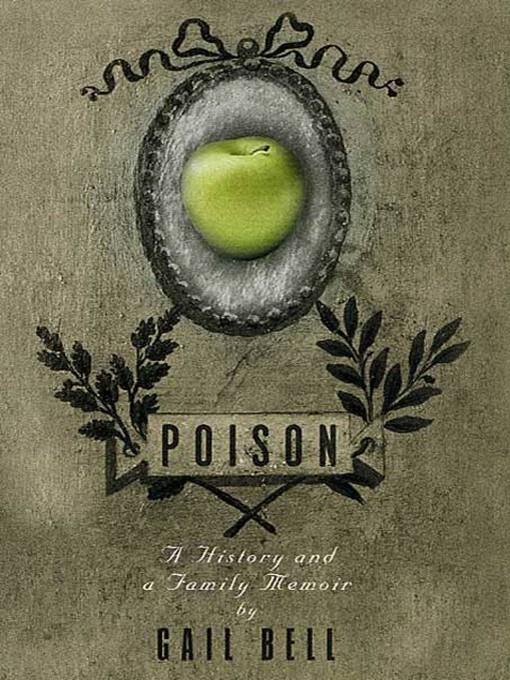
Poison
A History and a Family Memoir
کتاب های مرتبط
- اطلاعات
- نقد و بررسی
- دیدگاه کاربران
نقد و بررسی

August 26, 2002
Readers with a strong stomach will enjoy this unusual memoir laced with a natural history of poison. The author, an Australian journalist, short story writer and pharmacist, has both a professional and personal interest in her subject. From family gossip, Bell learned that her paternal grandfather, William Macbeth, deliberately poisoned two of his sons. He and his wife divorced after this dark deed, and Macbeth, an herbalist and chemist, continued to practice his trade. The author's interviews with her great-aunt revealed that her grandmother was reluctant to accuse Macbeth out of fear for their two remaining sons. Bell's exhaustive investigation of this family secret and her effort "to see the man in the monster" leaves her, finally, with a version of events that differs sharply from her great-aunt's recollections. Along the way, she offers scientific details on many types of poison and a series of engrossing but graphic and unsettling accounts of legendary poisonings, both real and literary, murderous and suicidal. Included is Flaubert's horrific description of Madame Bovary's death; the case of Mary Anne McConkey, who was hung in Dublin in 1841 for sprinkling her husband's lunch with aconite, which killed him in three torturous hours; and a 20th-century man who accidentally murdered his love interest by giving her what he thought was an aphrodisiac—Spanish fly.

October 1, 2002
We can find poisons in history with Socrates and hemlock, in literature with Madame Bovary and arsenic, and in a modern news report with an execution by lethal injection. But do we know where poisons come from and how they work? At the same time, there are poisons that are nontoxic and nonchemical but equally deadly; these are in the lies or half-truths that are passed down within a family. Bell, an Australian pharmacist, was prompted by an odious poisoning story within her own family over 75 years ago to begin a detective story that spans a decade. The result of her expert and determined sleuthing is a factual account of this past event, one that rewrites family history with truth. Chapters on her detective work alternate with chapters that trace a multitude of poisons through history, myth, paintings, and literature. Bell tells us where these substances come from, how they are administered, how they poison, etc. The writing is lucid and fascinating. Readers will enjoy Bell's personal saga, her scientific and historical facts, and the resolution. Highly recommended for all collections. Michael D. Cramer, Schwarz BioSciences Inc., RTP, Raleigh, NC
Copyright 2002 Library Journal, LLC Used with permission.

September 15, 2002
Upon discovering that her grandfather once poisoned two of his children, pharmacist Gail Bell initially met with some resistance from her surviving great-aunts but slowly managed to pry bits and pieces of the story from them. She tells the story of her grandfather in memoir fashion, infusing it with wonder at what could have driven a faith healer so highly regarded by acquaintances and patients to commit such a vicious act. Sprinkled throughout the book are chapters analyzing the roles of poison in art and literature, tales of poisonings from ancient mythology, and true accounts of murders committed with poison. As a pharmacist, Bell offers a medical perspective on different types of poison, including not only the effects they have on the body but time lines detailing which biological functions are affected and how quickly. Although it is difficult at times to match Bell's enthusiasm for the subject, the details of the numerous poisoning cases cited in the book will appeal to fans of true crime stories and readers with an appreciation for intrigue and deception.(Reprinted with permission of Booklist, copyright 2002, American Library Association.)

























دیدگاه کاربران